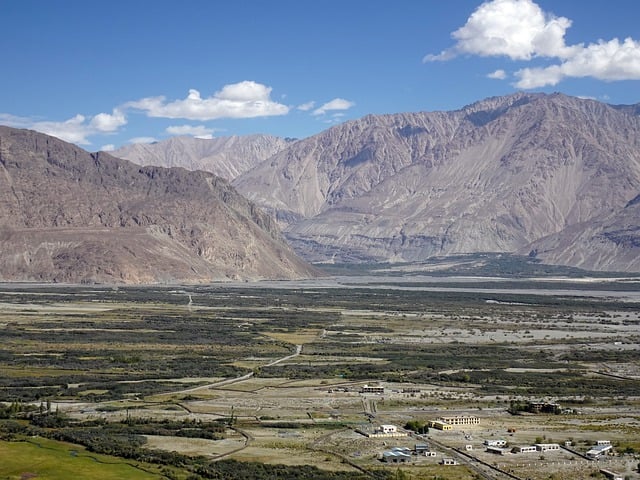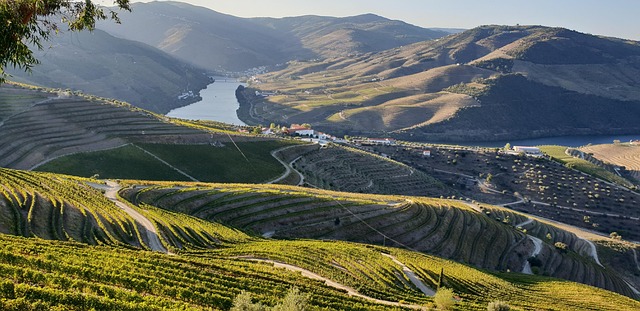Tech corridors in today's digital era drive significant real estate interest due to high-paying tech job demand. This trend leads to substantial investment, boosting local economies and transforming urban landscapes with valuable properties. Developers respond with modern amenities, fostering work-life balance preferences. Mixed-use developments integrating residential, commercial, and recreational spaces increase city investments. Tech corridors worldwide attract top professionals, emphasizing strategic real estate development for sustained growth and employee satisfaction.
In today’s digital era, tech corridors are emerging as economic powerhouses, attracting high-paying jobs and driving innovation. This article delves into three key aspects of this phenomenon: the rising demand for tech talent, real estate trends in top tech hubs, and strategies to successfully attract and retain these highly skilled professionals. Understanding these dynamics is crucial for both businesses and real estate investors navigating these dynamic markets.
High-Paying Tech Jobs: The Rising Demand

In today’s digital era, tech corridors are becoming highly sought-after locations, driving significant interest in nearby real estate. The demand for high-paying tech jobs is at an all-time high, with companies vying for top talent. This trend has led to a surge in investment and development within these strategic regions, further enhancing their appeal.
Tech industries consistently offer competitive salaries, attracting professionals from various backgrounds. As a result, cities hosting these tech hubs experience a positive economic impact, with increased local spending power and improved quality of life. The rising demand for tech-related positions is reshaping urban landscapes, making real estate in these areas highly valuable and desirable.
Real Estate Trends in Top Tech Hubs

In the dynamic landscape of tech growth, top hubs are seeing a surge in real estate demand as companies vie for prime locations to attract talent and foster innovation. These tech corridors are becoming magnets for high-paying jobs, driving up property values and transforming urban landscapes. From sleek office towers to modern co-working spaces, developers are racing to meet the needs of tech giants and startups alike.
With an emphasis on accessibility, sustainability, and cutting-edge amenities, real estate trends in these hubs prioritize walkability, bike-friendly infrastructure, and green spaces. This shift reflects a growing awareness of the importance of attracting and retaining tech professionals who value work-life balance and environmentally conscious communities. As a result, cities are seeing an influx of investment in mixed-use developments that seamlessly blend residential, commercial, and recreational spaces.
Attracting Talent: Strategies for Success

Tech corridors are becoming magnets for high-paying jobs, luring top talent from around the globe. To maintain this momentum, real estate plays a pivotal role in attracting and retaining skilled professionals. Strategic location, modern amenities, and innovative designs can significantly enhance a tech hub’s appeal. Companies that invest in premium office spaces equipped with state-of-the-art technology and comfortable living areas find themselves at an advantage when competing for top talent.
Moreover, integrating social and recreational facilities, such as co-working spaces, fitness centers, and outdoor areas, creates an appealing work environment. These added incentives not only boost employee satisfaction but also foster a sense of community, encouraging professionals to stay longer and contribute more. By prioritizing real estate development that caters to these needs, tech corridors can continue to thrive and solidify their reputation as global hubs for cutting-edge industries.






